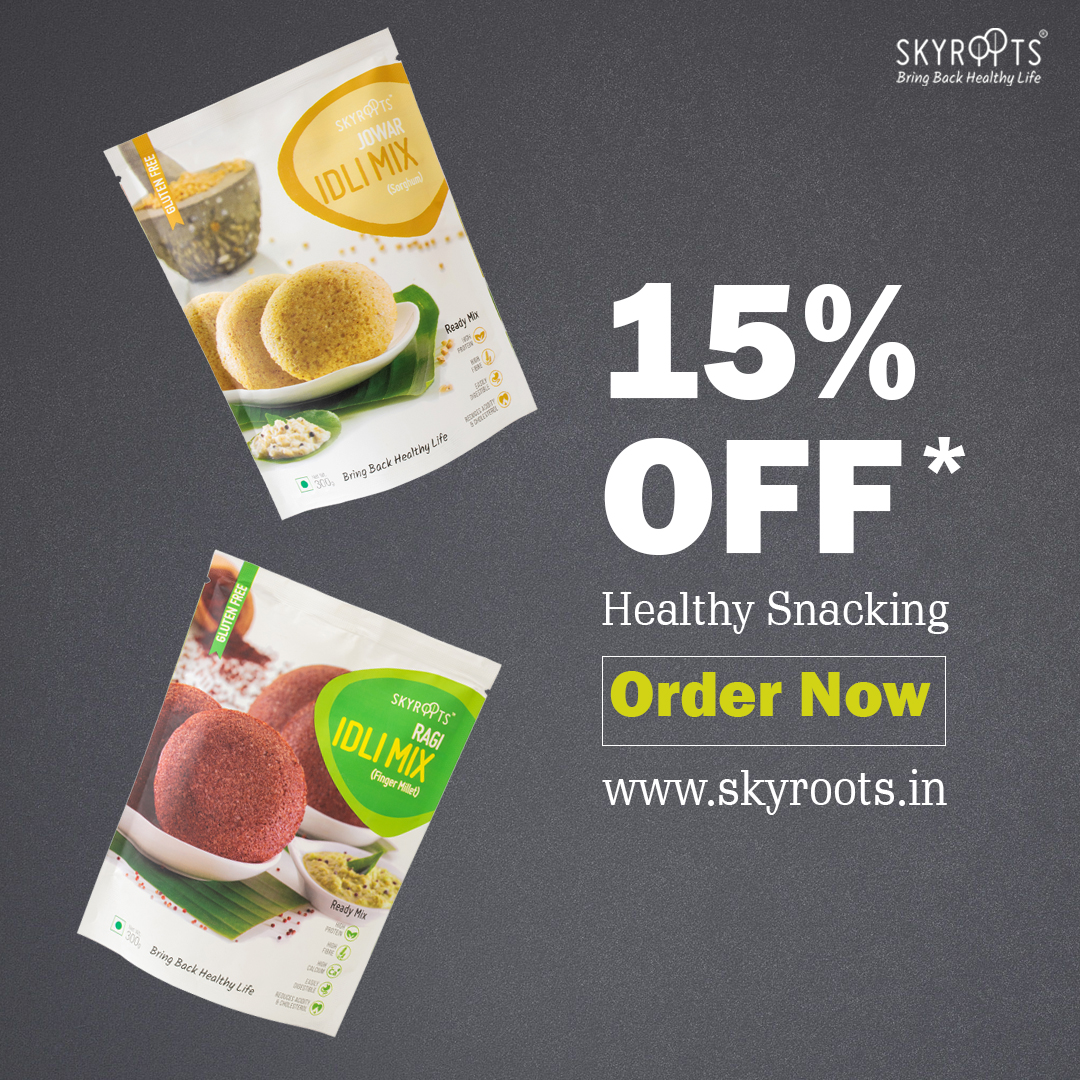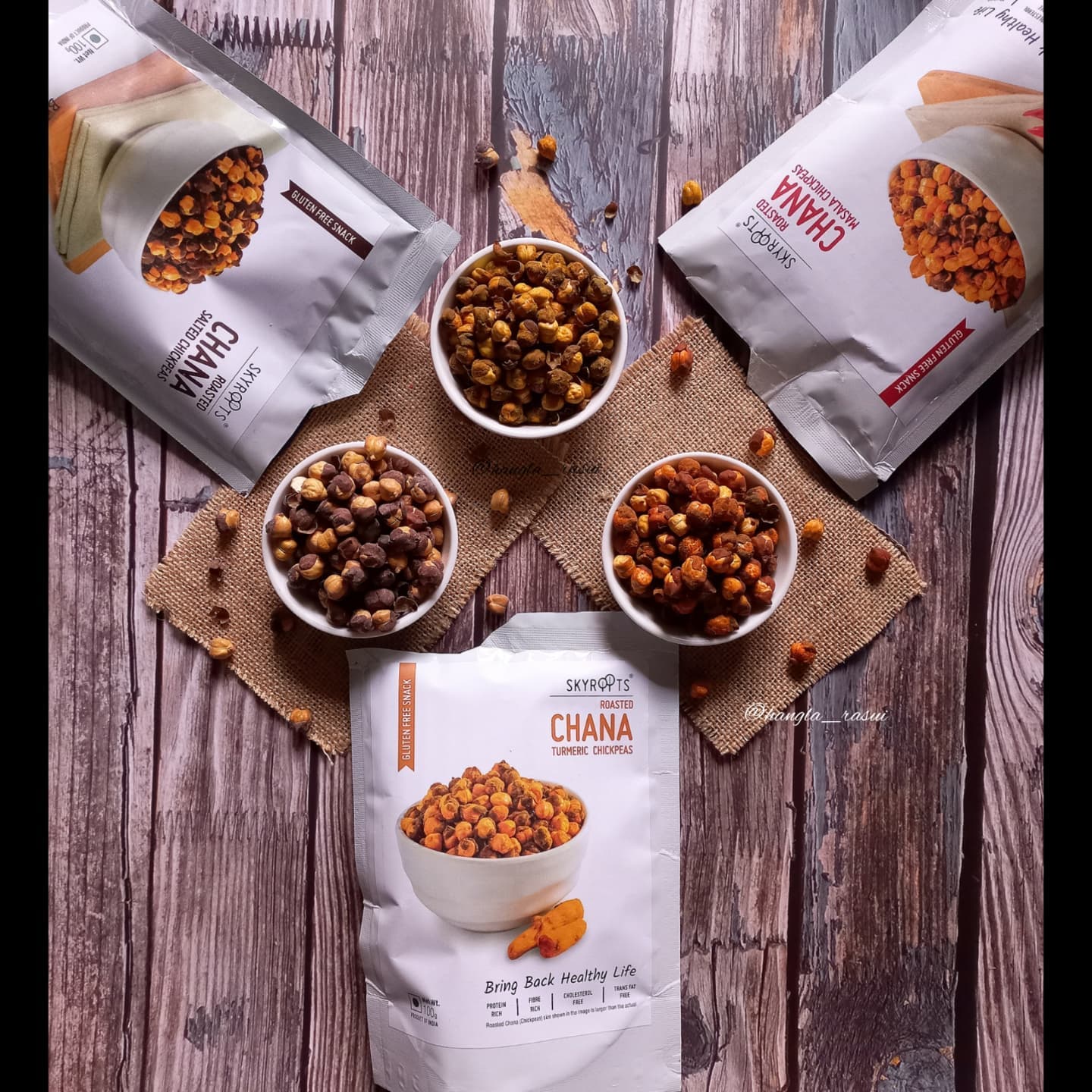Have you started including Jowar in your diet?

Jowar is commonly known as sorghum in English, Cholam in Tamil Nadu and Jonna in Andhra Pradesh, and Juvar in Gujarat. It is the most versatile millet and has been used since ancient times in India. Jowar is generally found in tropical and subtropical climates. Research shows that jowar has been consumed for over 4000+years, so it has been rightly called an ancient grain. Earlier people used to make roti, bhakri, and porridge from jowar but in the last couple of decades, it had lost its place in the Indian diet. These days as people have become more health-conscious, they have rediscovered the benefits of jowar and have started substituting wheat and rice with jowar. Jowar is a gluten-free and healthy alternative that is rich in fiber. Studies show that jowar is the fifth-largest cereal crop grown and consumed. You can consume it in all seasons, and it is readily available in any local store. Being gluten-free and power-packed with nutrition, it can be given to kids and old age pe








